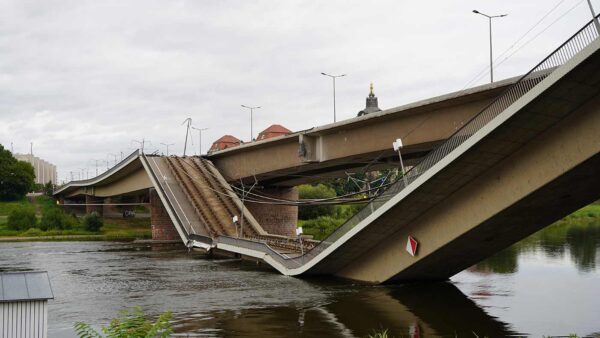The six leading economies in the Asean economic bloc will require some $2.1 trillion in infrastructure spending by 2030 to cater to their growing urban population, according to a report by banking group HSBC.
The six members of the Association of Southeast Asian Nations covered by the report are Indonesia, Malaysia, Philippines, Singapore, Thailand and Vietnam. Most of these countries are experiencing rapid urbanisation, and most have some way to go to modernise their transport and power networks.
The stakes couldn’t be higher– Joseph Incalcaterra, HSBC
In the report, HSBC economist Joseph Incalcaterra said the urban population in these countries will rise by over 90 million, necessitating the $2.1 trillion spending programme, but that the current spending trend would cover only $910bn, reports The Manila Times.
He said Indonesia, the Philippines and Vietnam should be spending 5% of their annual gross domestic product (GDP) on infrastructure, while the more developed economies of Singapore, Malaysia and Thailand could get away with less.
The bank argues that more private sector financing will be required to meet this target, as well as loans from the Asian Development Bank and the newly formed Asian Infrastructure Investment Bank.
This meant that more use ought to be made of public-private partnerships, or PPPs, which HSBC argued could contribute $3bn a year to the region’s total construction spending.
“The stakes couldn’t be higher,” Incalcaterra said. “The failure to sustain infrastructure spending will limit long-term potential growth and dampen Asean’s demographic dividend.”
Image: Aerial view of Manila, the Philippines (Anton Zelenov/Wikimedia Commons)
Further reading:










